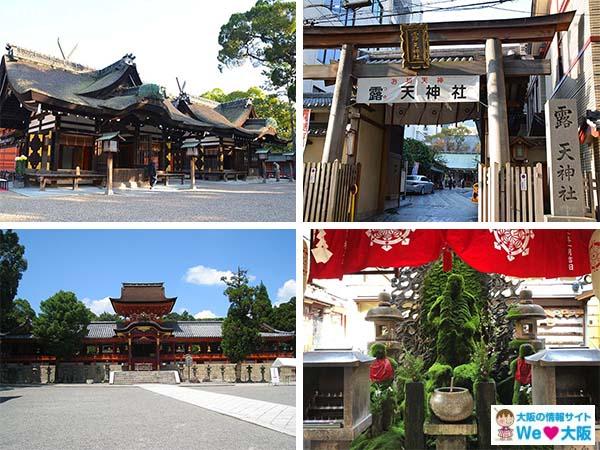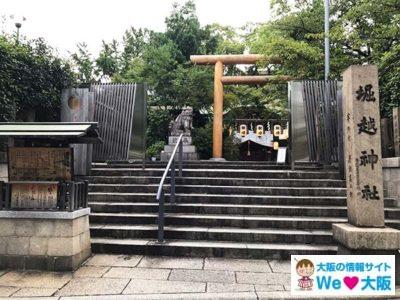- Top
- Shrines & Temples
- Hiko Shrine – Pray for a safe flight and fold your fortune into a paper airplane at “The Shrine of Flight”
Hiko Shrine – Pray for a safe flight and fold your fortune into a paper airplane at “The Shrine of Flight”
2023.02.09
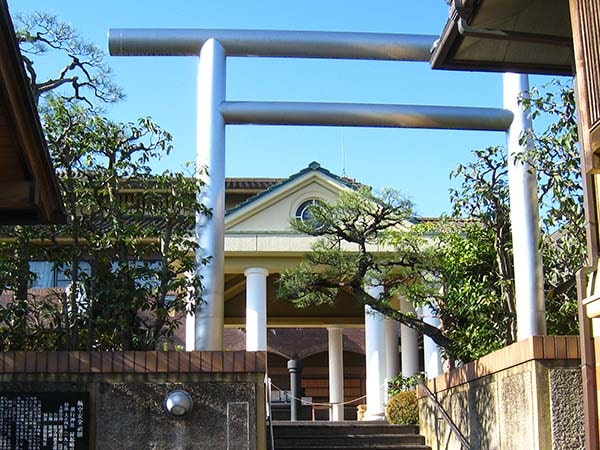
Hiko Shrine translates as “The Shrine of Flight.” As the name suggests, it is a shrine that visitors go to pray for safe air travel. Many of the visitors to the shrine seem to be people who work in the airplane industry.
When I visited the flying shrine in late December, a kadomatsu (a New Year’s decoration like a wreath) was placed in front of the worship hall. I saw the name of the person who dedicated the kadomatsu, which read “Japan Air Self-Defense Force.”
In addition, a nose section of a Mitsubishi A6M “Zero” fighter plane and a jet engine can be found in the shrine grounds, making the shrine a must-see for those who love airplanes.
Here we will tell you about the charms of Hiko Shrine, as well as introduce the red seals and a fortune paper that can be made into a paper airplane and flown.
Also, although the flying shrine is very close, only a 5-minute walk from Iwashimizu Hachimangu Station on the Keihan Railway, it is located in a residential area and is a bit difficult to find. Therefore, we have also provided a visual guide to get you there safely.
I’ve heard of flying shrines, but…when I went there, it was not what I expected. Why not see for yourself?
目次
1. What is Hiko Shrine?
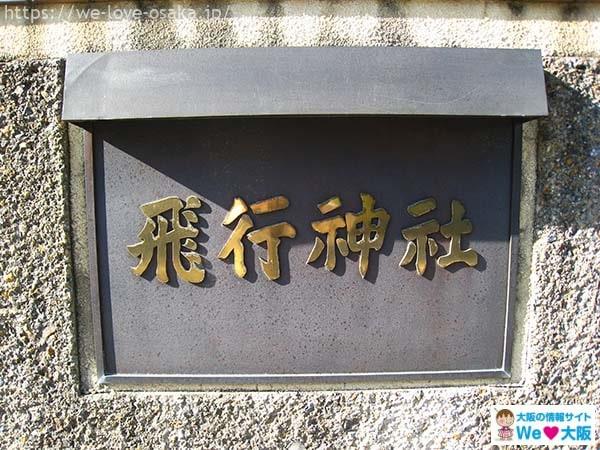 Hiko Shrine was founded in 1915 by Chuhachi Ninomiya, the first person in Japan to successfully fly a model powered airplane. It was built in Mr. Ninomiya’s home! Later, in 1989 (Heisei 1), it was rebuilt in its present form.
Hiko Shrine was founded in 1915 by Chuhachi Ninomiya, the first person in Japan to successfully fly a model powered airplane. It was built in Mr. Ninomiya’s home! Later, in 1989 (Heisei 1), it was rebuilt in its present form.
What gods are worshipped here?
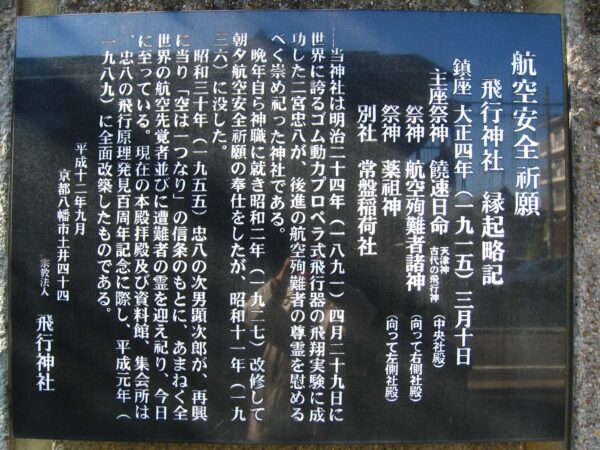 *Click on the photo to enlarge.
*Click on the photo to enlarge.
Nigihayahi-no-mikoto
Aviation Passionate God
Medicine and Herbal Medicine
The main deity, Nigihayahi-no-mikoto, is descended from Iwafune Shrine in Katano City, which is known for its Iwakutoguri (rock cave tour).
Speaking of Iwafune Shrine, the deity is a giant stone called Ama no Iwafune. Nigihayahi-no-mikoto came to Japan from the heavenly realm aboard the heavenly rock ship. So the main deity is also a god related to flight.
And those who died in the plane crash are worshipped as gods.
What I feel is a little different is the god of medicine. It is the god of medicine. As I will introduce later, Mr. Chuhachi Ninomiya had a career in the pharmaceutical industry. Therefore, people related to Mr. Chuhachi Ninomiya are worshipped as deities at the shrine.
2. About Mr. Chuhachi Ninomiya
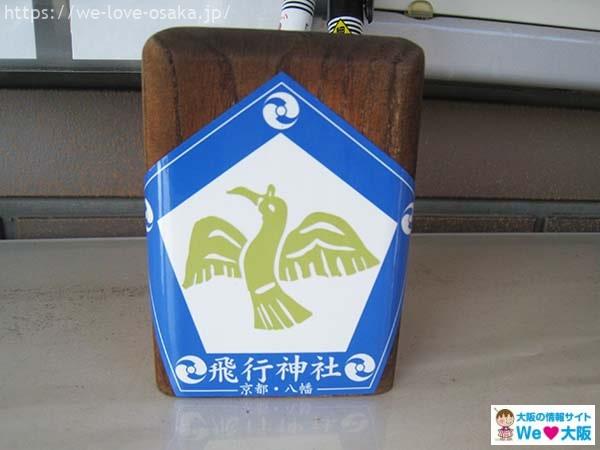 After joining the Army, he got the idea for the airplane when he saw a crow flying without flapping its wings during a break in a field exercise. In 1891, Japan’s first successful flight test of a propeller-driven airplane using a rubber strap.
After joining the Army, he got the idea for the airplane when he saw a crow flying without flapping its wings during a break in a field exercise. In 1891, Japan’s first successful flight test of a propeller-driven airplane using a rubber strap.
He then began researching manned flight, but was opposed by the military top brass and left the military. Aiming to develop the technology on his own, he went to work for a pharmaceutical company to earn money. With the funds available, he resumed research on airplanes, but when he learned that the Wright brothers had succeeded in manned powered flight, he gave up his research and devoted himself to medicine.
In 1915, he built a flying shrine at the present location, and in his later years, he personally served as a priest and prayed for aviation safety. We have briefly introduced the flying shrine and Mr. Chuhachi Ninomiya. Next, we will introduce Hiko Shrine in more detail.
3. There are planes everywhere!
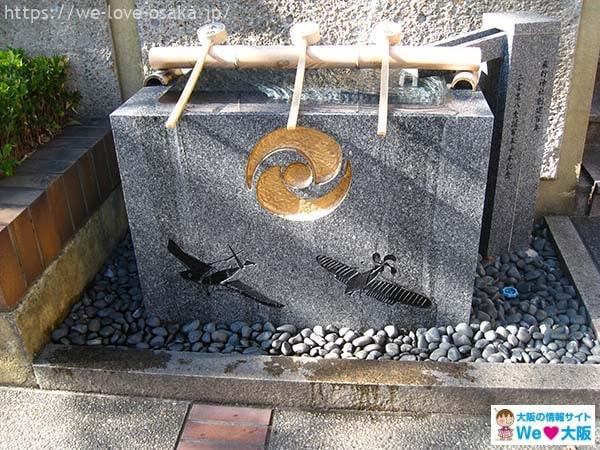 Airplanes are also painted on the tezumisha (water reservoir), located just inside the entrance.
Airplanes are also painted on the tezumisha (water reservoir), located just inside the entrance.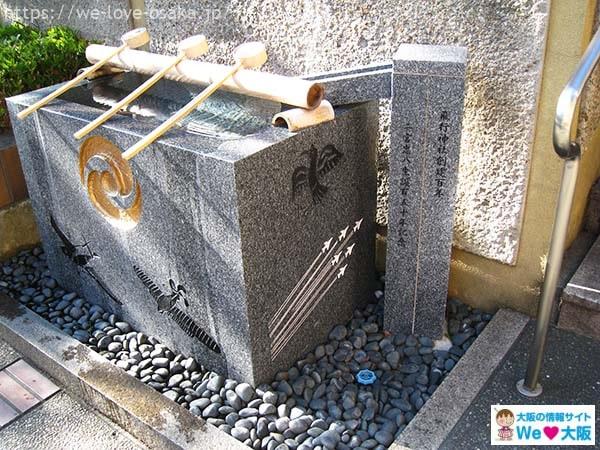 Here is another airplane. Above is the crow from which Mr. Ninomiya got the idea for the airplane. Below is probably the Blue Impulse of the Japan Air Self-Defense Force.
Here is another airplane. Above is the crow from which Mr. Ninomiya got the idea for the airplane. Below is probably the Blue Impulse of the Japan Air Self-Defense Force.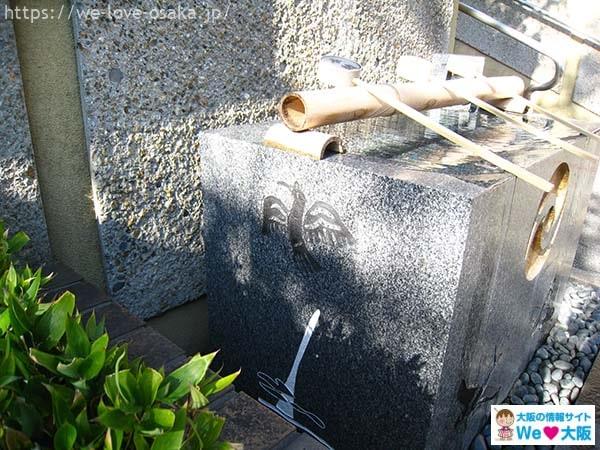 On the left, a raven above. Below, perhaps a rocket launch.
On the left, a raven above. Below, perhaps a rocket launch.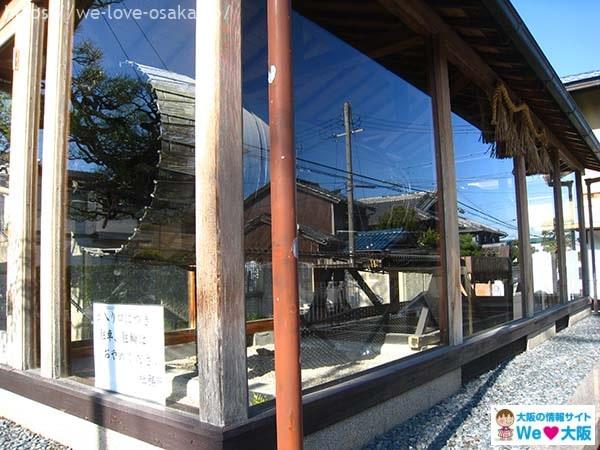 This is the engine of an F-104J fighter jet of the Air Self-Defense Force. It is hard to see in the reflection, but it is extremely large. It is a bit rare to be able to see the engines of actual fighter planes up close.
This is the engine of an F-104J fighter jet of the Air Self-Defense Force. It is hard to see in the reflection, but it is extremely large. It is a bit rare to be able to see the engines of actual fighter planes up close. This is the nose section of a Mitsubishi A6M “Zero” fighter jet.
This is the nose section of a Mitsubishi A6M “Zero” fighter jet.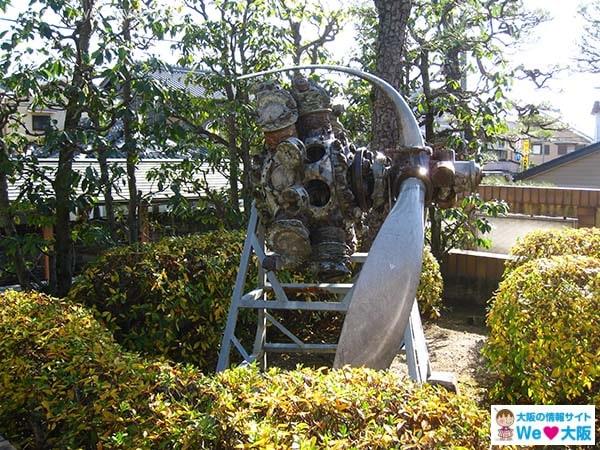 Side view. This nose section was found in Osaka Bay.
Side view. This nose section was found in Osaka Bay.
4. Is the worship hall in the ancient Greek style?
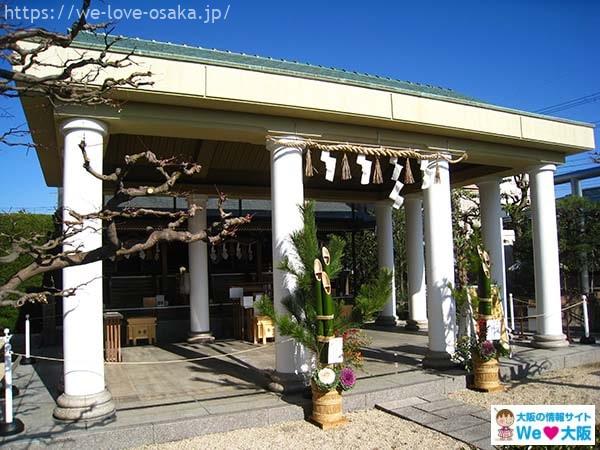 Here is the worship hall. It is far from the image of a shrine. As I mentioned earlier, the kadomatsu in front of the hall of worship was dedicated by the Air Self-Defense Force.
Here is the worship hall. It is far from the image of a shrine. As I mentioned earlier, the kadomatsu in front of the hall of worship was dedicated by the Air Self-Defense Force.
5. Even the fortune papers are airplanes!
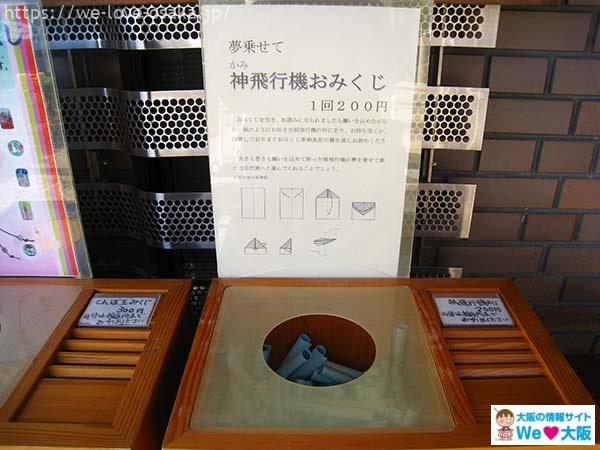 There are four types of omikuji (fortune papers) at the Flying Shrine. One of them I was interested in was the Kami Hikouki Omikuji.
There are four types of omikuji (fortune papers) at the Flying Shrine. One of them I was interested in was the Kami Hikouki Omikuji.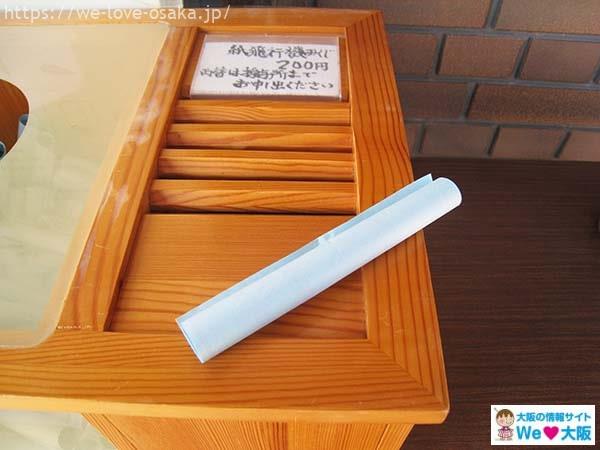 Omikuji is 200 yen. It is rounded.
Omikuji is 200 yen. It is rounded.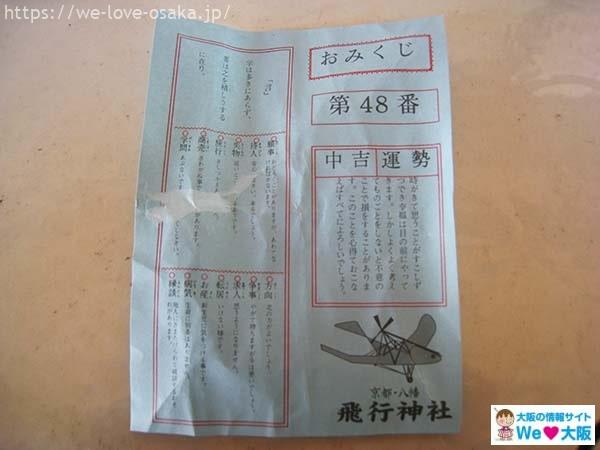 I opened it and it was Chukichi (medium luck). However, I could not get it to open properly and some of the letters are a little illegible.
I opened it and it was Chukichi (medium luck). However, I could not get it to open properly and some of the letters are a little illegible.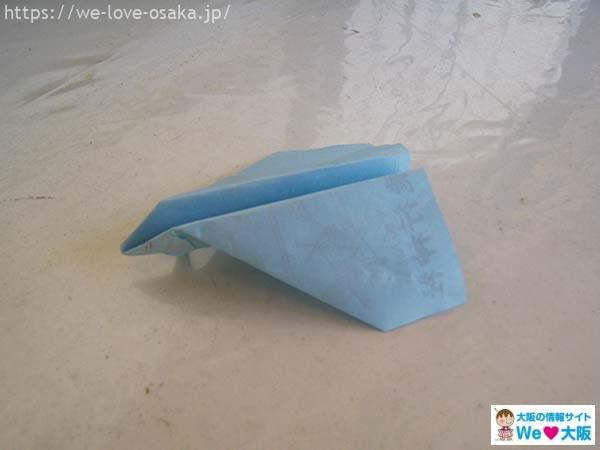 Fold the fortune like a paper airplane when you are done reading it. Don’t worry, there are instructions on how to fold it. Don’t copy mine because it’s terrible.
Fold the fortune like a paper airplane when you are done reading it. Don’t worry, there are instructions on how to fold it. Don’t copy mine because it’s terrible.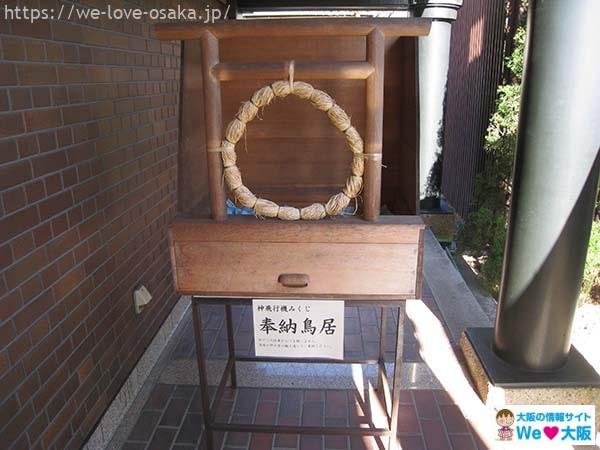 Fly the completed paper plane through the hole. The distance is irrelevant, as long as it passes through the circle.
Fly the completed paper plane through the hole. The distance is irrelevant, as long as it passes through the circle.
Since I was so curious, I tried flying my airplane through the hoop but failed twice. The third time, I realized that what I wished for was not what I really wanted. Third time is the charm!
6. Red seal
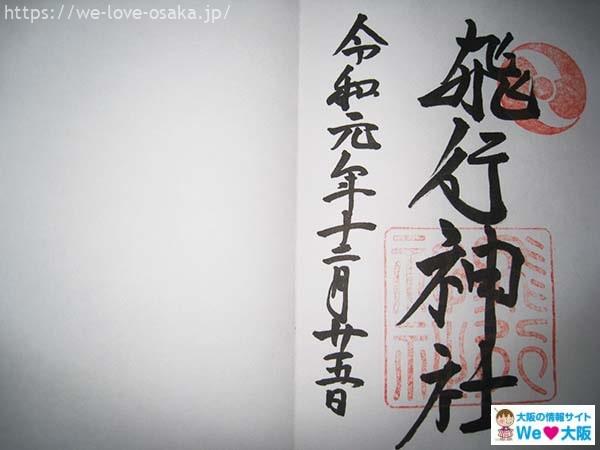 Here is the red seal of the Hiko Shrine. It costs 300 yen.
Here is the red seal of the Hiko Shrine. It costs 300 yen.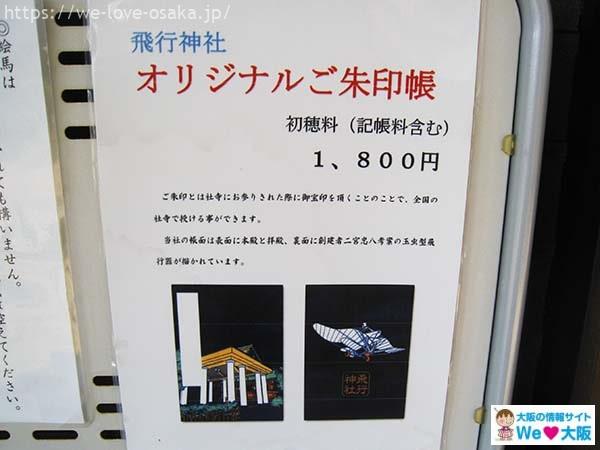 A red seal book was also available. The fee is 1,800 yen.
A red seal book was also available. The fee is 1,800 yen.
7. Souvenirs
 Osenbei (rice crackers), 300 yen for 8 pieces. These rice crackers are said to be made of Yawata’s specialty tencha stem flour and matcha (powdered green tea) kneaded into the dough. I liked it. There was another one for $500.
Osenbei (rice crackers), 300 yen for 8 pieces. These rice crackers are said to be made of Yawata’s specialty tencha stem flour and matcha (powdered green tea) kneaded into the dough. I liked it. There was another one for $500.
How did you like Hiko Shrine? Did you find it different from other shrines?
Next, we will introduce access from Iwashimizu Hachimangu Station on the Keihan Railway.
8. Access
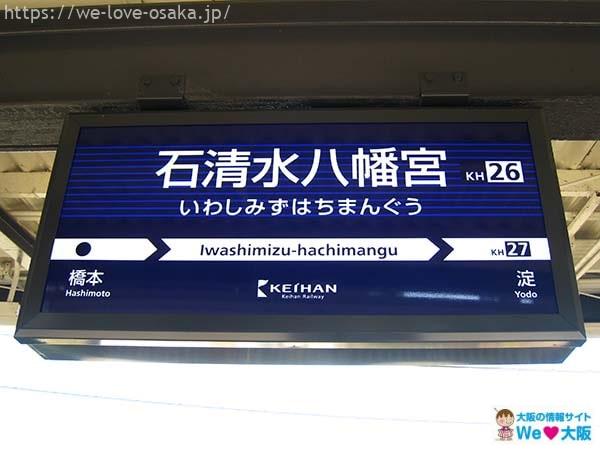 The nearest station to the Flying Shrine is Iwashimizu Hachimangu Station.
The nearest station to the Flying Shrine is Iwashimizu Hachimangu Station.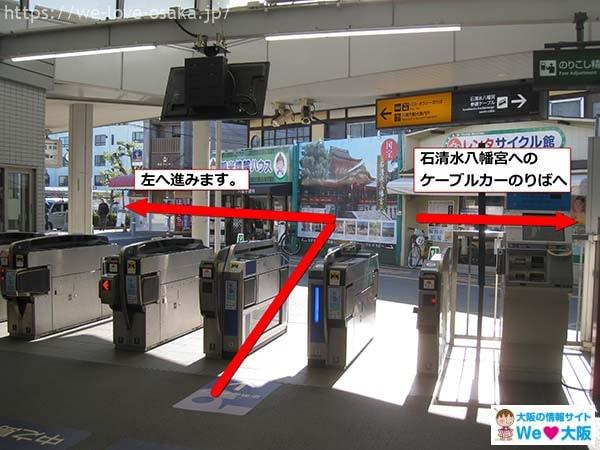 There is one exit from Iwashimizu Hachimangu Station. Upon exiting, turn left. To the right is the cable car stop for the Iwashimizu Hachimangu Shrine.
There is one exit from Iwashimizu Hachimangu Station. Upon exiting, turn left. To the right is the cable car stop for the Iwashimizu Hachimangu Shrine.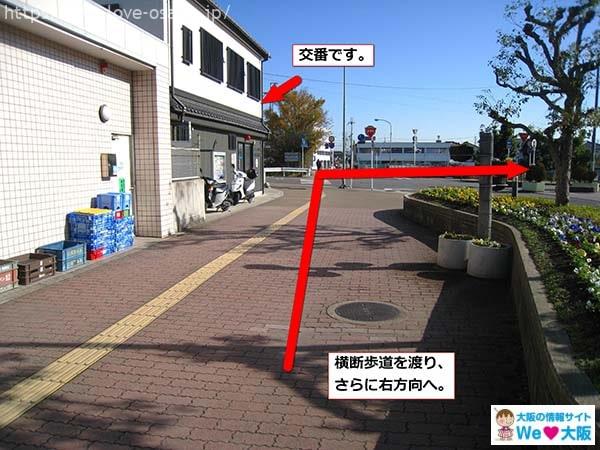 Cross the crosswalk ahead and turn further right. Buses also pass on this road, so please be careful of cars. Ahead on the left is a police box.
Cross the crosswalk ahead and turn further right. Buses also pass on this road, so please be careful of cars. Ahead on the left is a police box.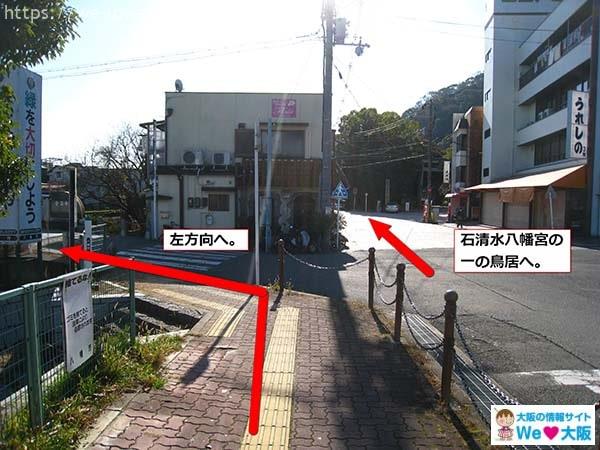 Go left at the first fork in the road. Go straight here to the first torii of Iwashimizu Hachiman Shrine.
Go left at the first fork in the road. Go straight here to the first torii of Iwashimizu Hachiman Shrine.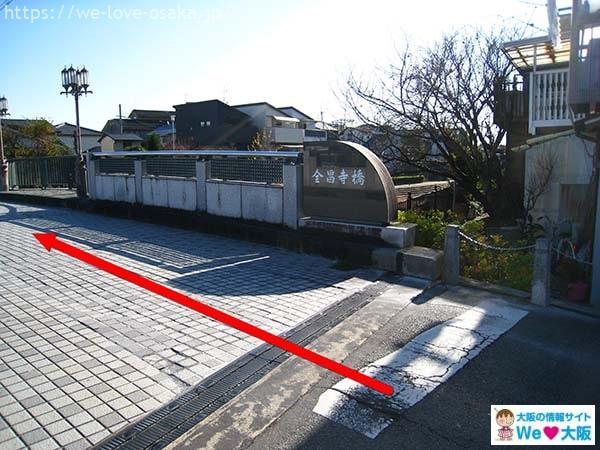 Turn left and go over this bridge.
Turn left and go over this bridge.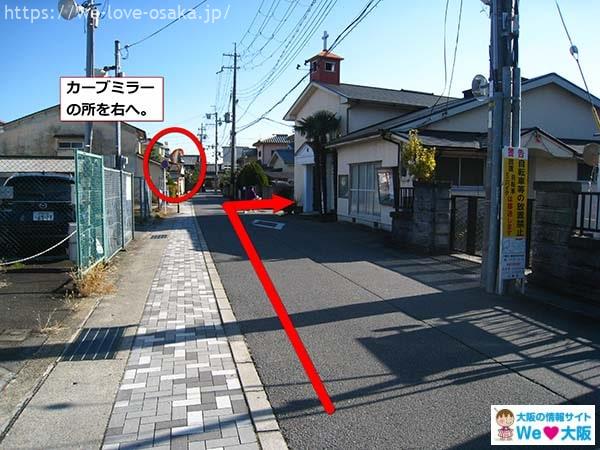 Turn right on the first street with the curved mirror.
Turn right on the first street with the curved mirror.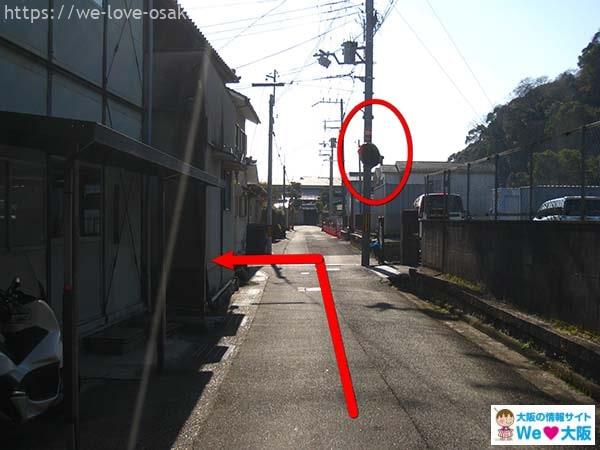 Turn right. Turn left at the next curved mirror.
Turn right. Turn left at the next curved mirror.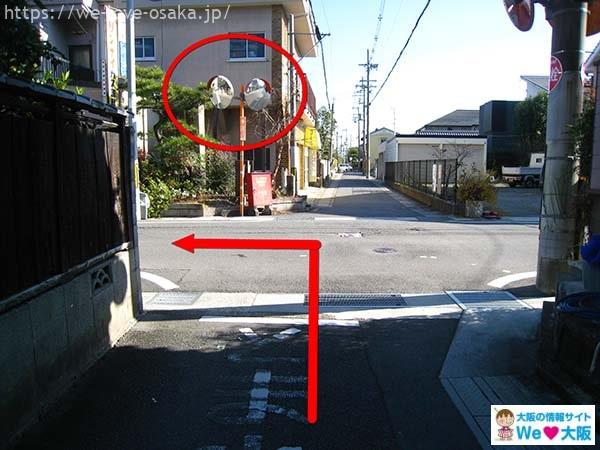 Turn left. Turn left on the road with the curved mirror ahead.
Turn left. Turn left on the road with the curved mirror ahead.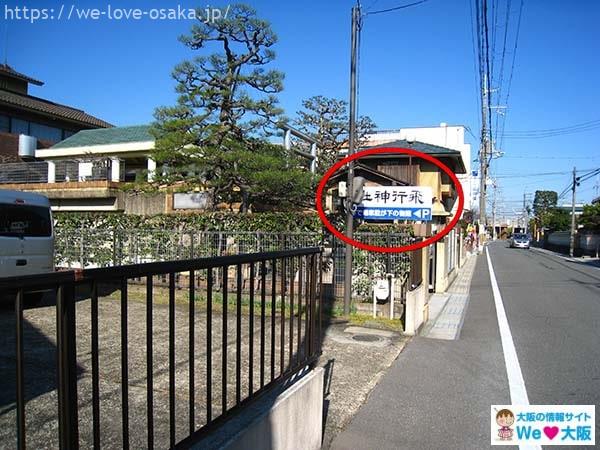 Turn left and you will soon see the Hiko Shrine sign on your left. This road is busy, so please be careful.
Turn left and you will soon see the Hiko Shrine sign on your left. This road is busy, so please be careful.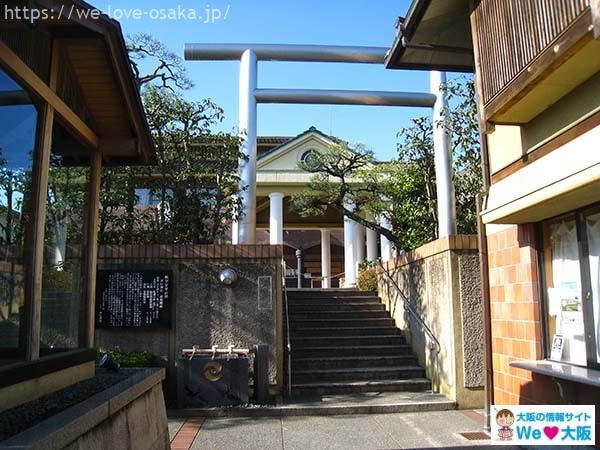 Thank you for your patience. You have arrived at Hiko Shrine. The worship hall and shrine office are at the top of the stairs.
Thank you for your patience. You have arrived at Hiko Shrine. The worship hall and shrine office are at the top of the stairs.
A little detour on the way back
Why not take a short detour on the way home?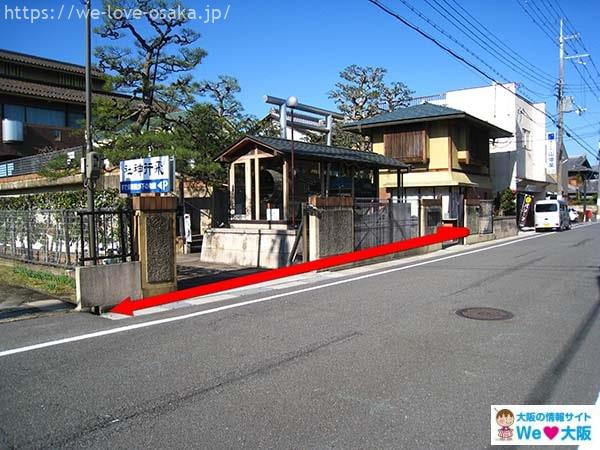 Here is a view of Hiko Shrine from across the street. Go left.
Here is a view of Hiko Shrine from across the street. Go left.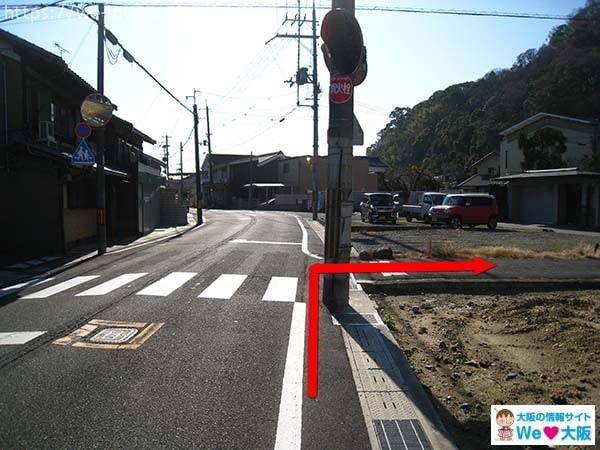 Exit by the road you took when coming and turn right at the crosswalk.
Exit by the road you took when coming and turn right at the crosswalk.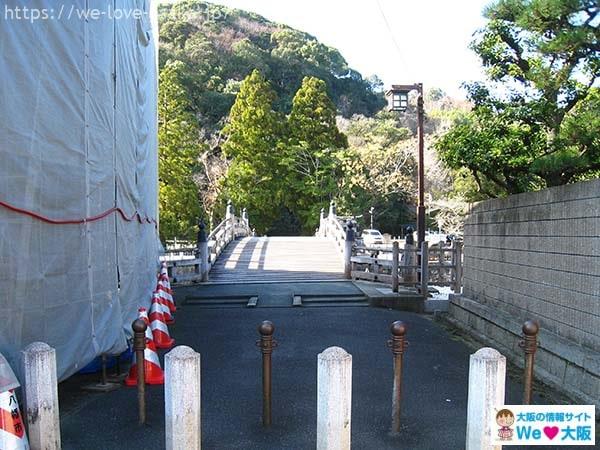 After passing through a residential area, you will see a bridge.
After passing through a residential area, you will see a bridge.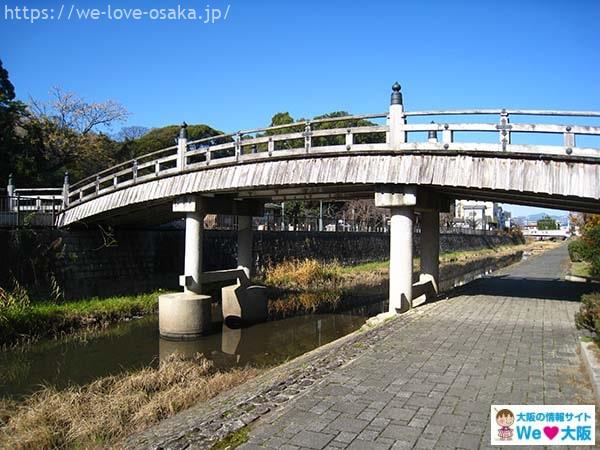 This bridge is the setting for the Iwashimizu Festival, a Shinto ritual of Iwashimizu Hachimangu Shrine.
This bridge is the setting for the Iwashimizu Festival, a Shinto ritual of Iwashimizu Hachimangu Shrine.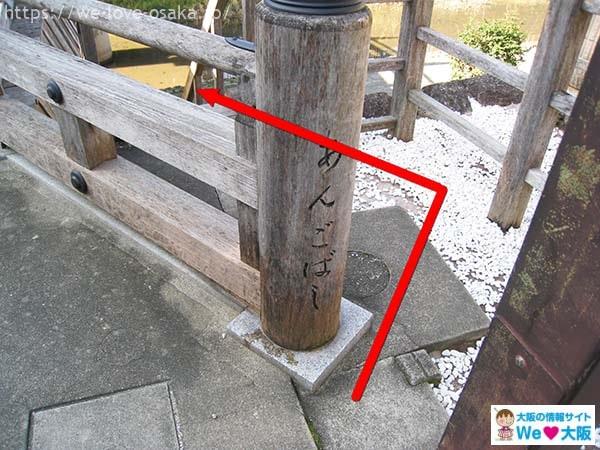 It is a little confusing, but you can also go down the wooden stairs here.
It is a little confusing, but you can also go down the wooden stairs here.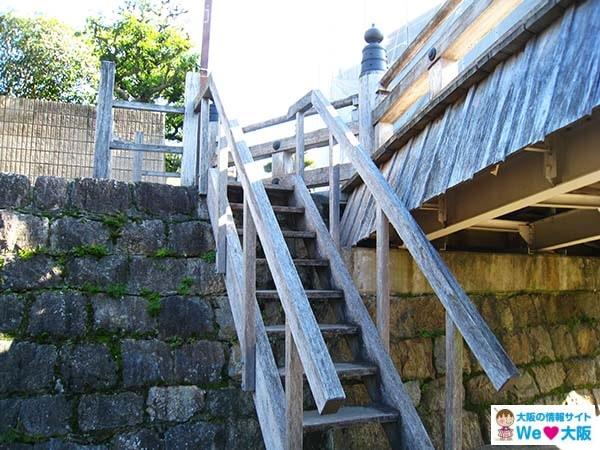 They were solid, so it’s okay.
They were solid, so it’s okay.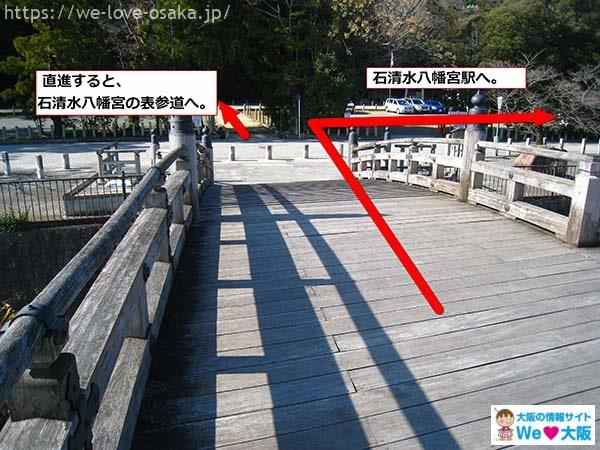 Turn right to get back to Iwashimizu Hachimangu Station. Straight ahead to the main approach to Iwashimizu Hachimangu Shrine.
Turn right to get back to Iwashimizu Hachimangu Station. Straight ahead to the main approach to Iwashimizu Hachimangu Shrine.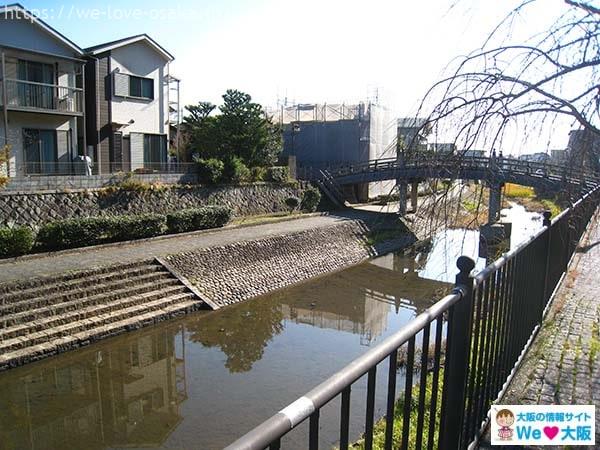 Looking back at the Ango Bridge. You can go down to the river level.
Looking back at the Ango Bridge. You can go down to the river level.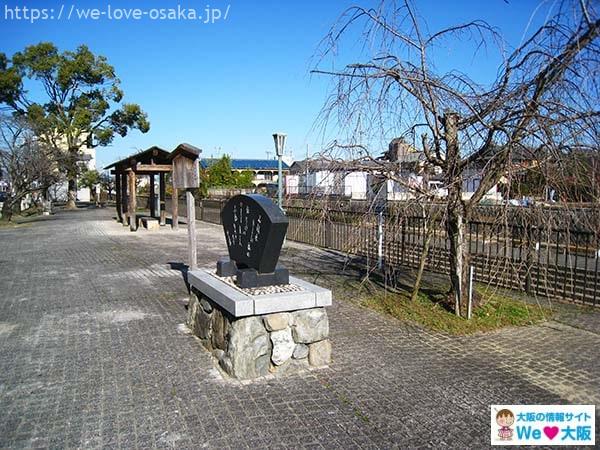 There was also a bench.
There was also a bench.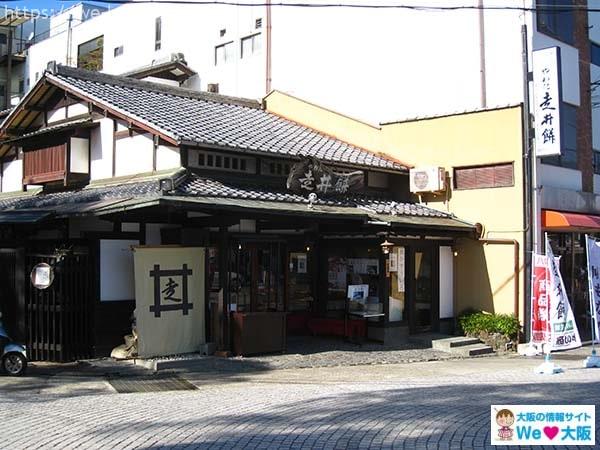 Walk in the direction of the station and you will see a mochi shop on your left. It is a good place to have a cup of tea and a set of Japanese sweets.
Walk in the direction of the station and you will see a mochi shop on your left. It is a good place to have a cup of tea and a set of Japanese sweets.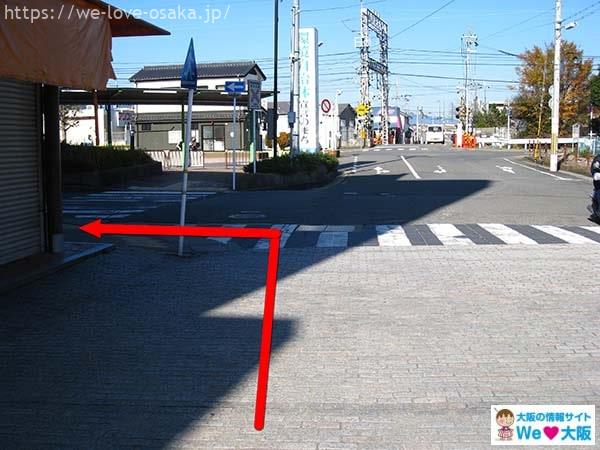 Past the mochi shop, turn left at the pedestrian crossing.
Past the mochi shop, turn left at the pedestrian crossing.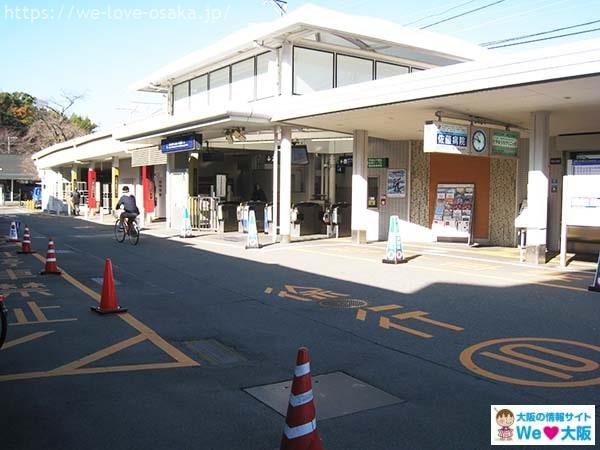 If you continue to walk down the sidewalk, you’ll arrive at Iwashimizu Hachimangu Station. Otsukare!
If you continue to walk down the sidewalk, you’ll arrive at Iwashimizu Hachimangu Station. Otsukare!
9. Information
Address:44 Yahata-Doi, Yawata, Kyoto, Japan
TEL:075-982-2329 (shrine office)
*Please refrain from using the phone on weekends and holidays.
Reception and gate opening hours: 9:00 to 16:30
Access: 5 min. walk from Iwashimizu Hachimangu Station on Keihan Railway
10. Summary
How was Hiko Shrine? Since this is a shrine that prays for the safety of flight, why not visit for those working in airline business, and also those who often fly for work or other reasons?
▼Click here for more information on the area.
▼For sightseeing and dates in Osaka, click here
Related article
-
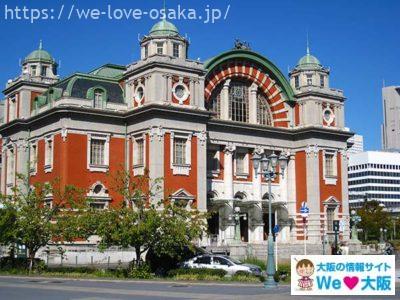
Osaka City Central Public Hall – A detailed guide to this retro landmark
Here is a special guided tour ……2023.03.20
-
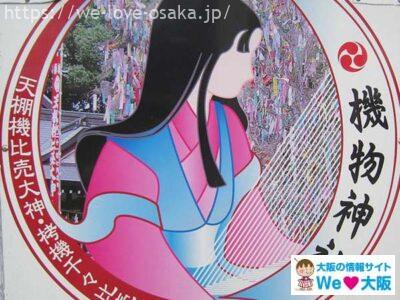
Hatamono Shrine- Birthplace of the Tanabata Legend and the Goddess Orihime
Hatamono Shrine enshrines Orih……2023.02.09
-
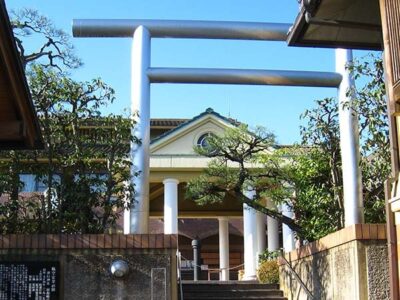
Hiko Shrine – Pray for a safe flight and fold your fortune into a paper airplane at “The Shrine of Flight”
Hiko Shrine translates as "The……2023.02.09









